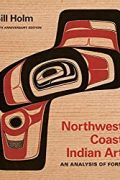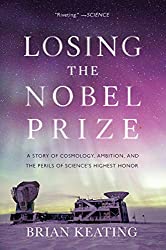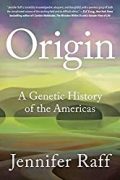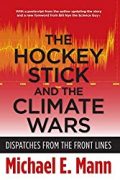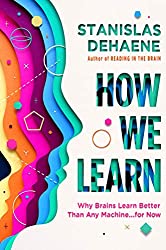
Rating: 8.1/10.
How We Learn: Why Brains Learn Better Than Any Machine… for Now by Stanislas Dehaene
Book by neuroscience researcher about human learning. A lot of cognition is taken for granted until we try to train AI to do it, then it becomes apparent how difficult it actually is. AI still has a long ways to go until it can match our ability to generalize from a few examples (which we can do thanks to our innate inductive biases), and learn abstractions that can be systematically composed.
Babies are born with a surprising amount of innate knowledge about things like object permanence, probability, physics, facial recognition, and the structure of language. All of the major components of an adult brain are mostly already present from infancy. Still, a lot of development occurs from neuroplasticity, where things like phonemes and the visual system are learned at a young age and quickly solidified. In several cases where babies were missing a crucial nutrient, obstructing the learning process, the impairment was permanent and led to a lifetime disability.
Plasticity still exists past childhood, but usually involves rewiring existing circuits to do new things, like reading which builds on the object recognition system, and professional mathematicians use the same system for counting as abstract algebra. This too is best developed at a young age.
The first half of the book is about innate knowledge and knowledge developed in early childhood, while the second half is about how we learn later in life. Attention is important for learning: it is when we focus on a small portion of input and apply deeper cognitive processing to it. Multitasking is harmful to learning because it spreads out our attention. Children from an early age understand “shared attention” when an adult is trying to teach them something, they are able to pay closer attention and learn faster.
Children learn when their minds are actively rather than passively engaged in the material, so we need the material to be the right difficulty so not to bore or overwhelm them. At the same time, allowing them to explore freely is not effective, and some amount of instruction is required before letting them explore on their own. Learning is best when there is quick feedback to errors (making predictions and updating your internal model when they are wrong), a good way to do this is practice recall using flashcards. Grades can be bad when they are demotivating, tests that encourage cramming, and there is too long a delay to receive feedback. Finally, consolidation of knowledge occurs during sleep, so our understanding of a topic often improves when we sleep on it.
This book is well-referenced and still easy to read: the author does a good job of distilling hundreds of research papers. The recommendations of how to learn are consistent with my experiences, but it’s good to know they are backed by scientific evidence.
